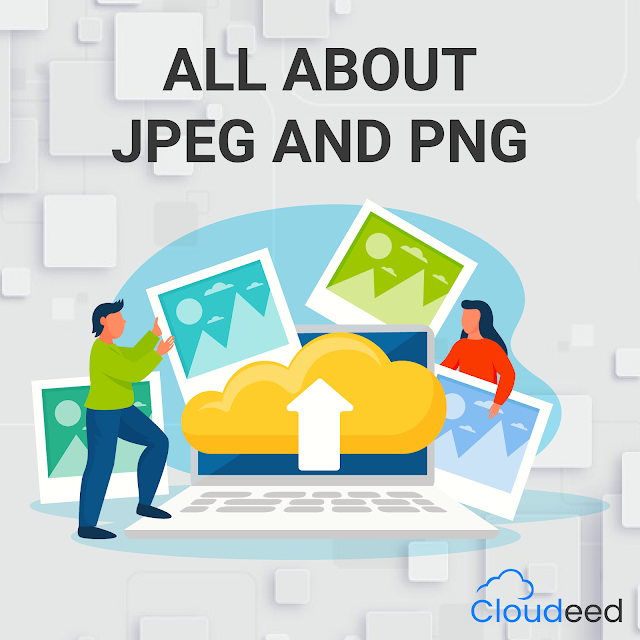All about JPEG and PNG
Every graphic you see online is an image file. Almost everything you see printed on paper, plastic or a t-shirt came from an image file. These files come in a variety of formats, and each is optimized for a specific use. Using the right type for the right job means your design will come out picture-perfect and just how you intended.
So, We will discuss today the JPEG and PNG image format.
JPEG/JPG
JPEG is a lossy raster format that stands for Joint Photographic Experts Group, the technical team that developed it. This is one of the most widely used formats online, typically for photos, email graphics, and large web images like banner ads. JPEG images have a sliding scale of compression that decreases file size tremendously but increases artifacts or pixelation the more the image is compressed.
When should you use a JPEG?
- You’re dealing with online photos and/or artwork. JPEGs offer you the most flexibility with raster editing and compression making them ideal for web images that need to be downloaded quickly.
- You want to print photos and/or artwork, JPEGs are perfect for editing and then printing.
- You need to send a quick preview image to a client. JPEG images can be reduced to very small sizes making them great for emailing.
When shouldn't you use a JPEG?
- You need a web graphic with transparency. JPEGs do not have a transparency channel and must have a solid color background. GIF and PNG are your best options for transparency.



Comments
Post a Comment